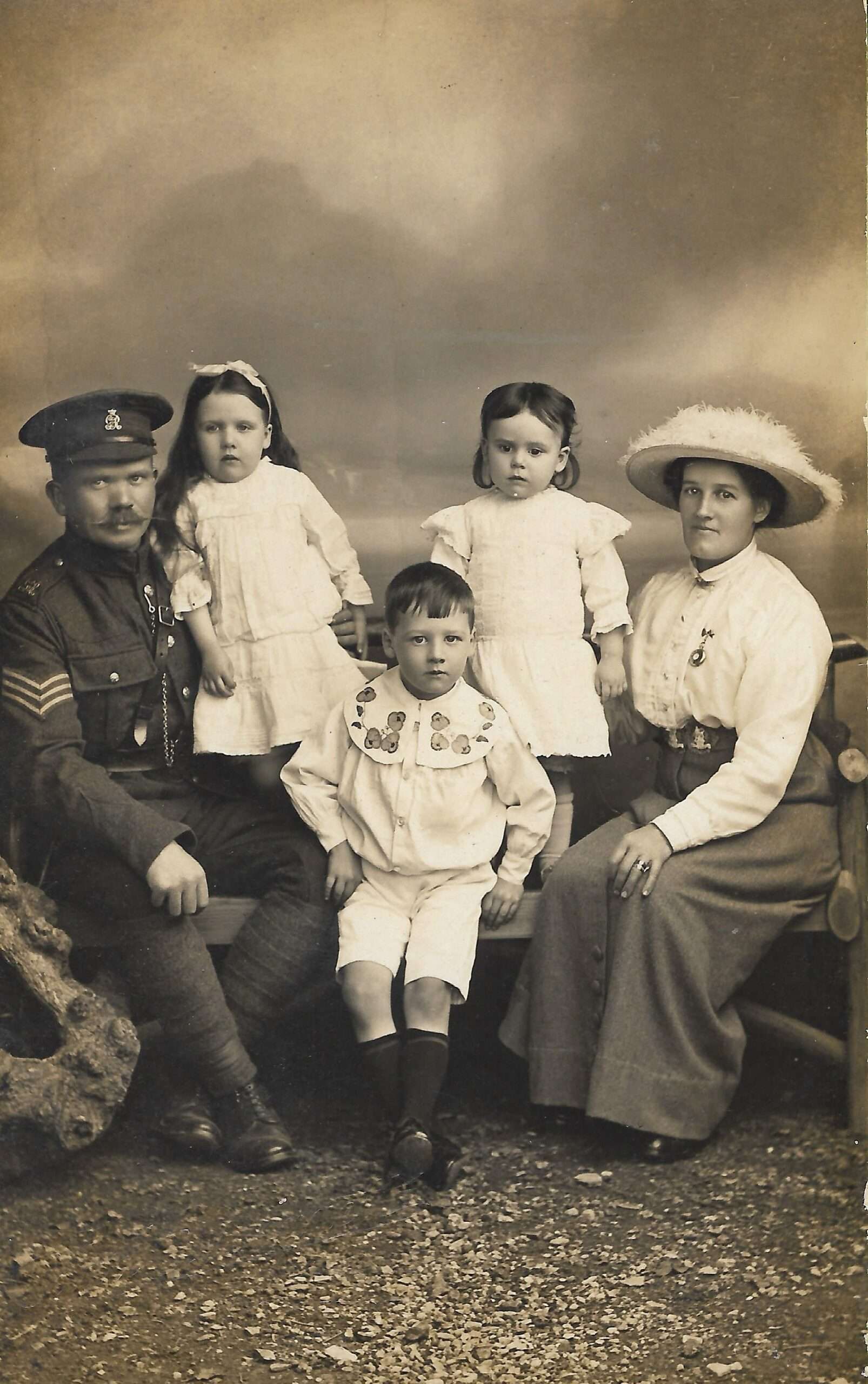After decades of speculative stories, I finally found documentary evidence. The International Committee of the Red Cross have prisoner of war records from the First World War online, half a million files of information.
At last, I had found Uncle Jack, but the records did not match the oral tradition that had come down through the family.
The story goes that the Great War was at its height when Uncle Jack joined the army and was sent to the Western Front. The official age for enlistment was eighteen, but there were many younger than Jack in the trenches. Jack was captured by the Germans, but was said to have appeared on no prisoner of war lists so was assumed to be dead.
The war ended in November 1918 and the family tradition said there was neither sign nor record of him.
Jack returned home in 1919. It was said that he had we walked back through the chaos of post-war Europe from the coalmines in Poland where he and many others had been working as forced labour. Leaving the mines, he had no identity papers and tied rags around his bare feet. It was said that he had walked a hundred miles before finding someone who could assist him in his journey homewards.
There was a family story that he was carried through the streets of Langport, shoulder high, when he came home. It had seemed unlikely, but who knows? Maybe it was one of the few happy stories from those bleak times. The Great War had been followed by the Spanish Flu, which had claimed more victims than the fighting, taking its heaviest toll amongst the younger and fitter whose ranks had already been reduced by the conflict.
Then on Saturday, I discovered Jack’s prisoner of war records. He had been captured on 27th May 1918. The 1/5th battalion of the Durham Light Infantry to which Jack belonged had suffered heavy casualties. The German onslaught of the spring of 1918 had reduced the battalion number to 103 officers and men, Jack would have been among the hundreds who didn’t answer the roll call.
Jack is recorded as being in a camp in Hesse in September 1918. On 18th November 1918, he is shown as being among men in a transit camp in Holland, awaiting repatriation to England.
After that reference, the trail goes cold. A year later, the Langport and Somerton Herald reported that Private Jack Martin of Huish Episcopi woulds be demobilised on 8th November.
The family tradition said he had disappeared for a year, Presumably, the absence was not during the Great War, but in the year that followed.
Soldiers who had been prisoners of war were generally granted two months leave and given the option of considering themselves to be demobilised if they did not wish to return to duty. Jack must have chosen to continue military service, the mystery now is why no-one knew where he was and why in the years that followed he never told anyone.


